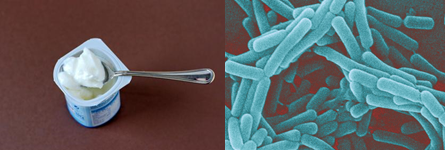当研究室の研究課題が公益財団法人JKAの「2022年度研究補助」開発研究に採択されました。
https://hojo.keirin-autorace.or.jp/about/list/kikai/2022/index.html
本財団は、競輪振興法人およびオートレース振興法人として、その収益を広く社会に還元し、自転車・小型自動車その他の機械の改良及び輸出の振興、機械工業の合理化並びに体育事業その他の公益の増進を目的とする事業の振興に寄与する形で社会に還元しています。
本事業概要について紹介いたします。
補助事業番号 2022M-249
補助事業名 2022年度 アクアフォトミクスを活用した生体内酸化ストレス状態の非侵襲モニタリング方法の開発
補助事業者名 神戸大学大学院農学研究科アクアフォトミクス研究分野 特命教授 ツェンコヴァ ルミアナ
本研究事業の目的は、アクアフォトミクスと近赤外分光法(NIRS)を適用し、非侵襲かつin vivoにおける簡便で迅速な酸化ストレスの測定方法の開発である。体温計のようにいつでもどこでも測定可能な装置を作ることを最終目標とする。
病気の早期診断、最適な治療法の選択、治療効果の判定などに不可欠であるが、現在の測定方法では侵襲的で時間がかかり、非侵襲的に生体内部を測定できる方法が理想的である。 NIRSで取得した水のスペクトル特性を解析するアクアフォトミクスの発展により、生体システム状態を統合的に示すバイオマーカーとして用いることができる多次元水スペクトルパターン(WASP)が確立された。WASPにより特定の疾患、ストレス反応、生体システム状態の非破壊的な検出を可能である[1,2]。これまでの研究の結果、生体内の組織や生体外においても体液の近赤外線(NIR)スペクトルから、WASPを用いて酸化ストレスを検出できることが立証された [3]。放射線被ばくのようなハイリスクな状況下では、多くの人が簡便・迅速で苦痛のない酸化ストレス測定が必要とされることから、アクアフォトミクス原理に基づく特殊な技術と、使い勝手の良い携帯型装置の開発は有用である。
3-1,in vitro実験:X線照射した水のWASP解析 まず、X線照射した水のWASPを解析するために、8種類の水サンプルそれぞれに、10種類の線量別にX線照射を施した。(写真1)照射後、各水サンプルのNIR吸収スペクトルを取得し、吸収スペクトルと照射したX線量との関係を検討した。また、各水サンプルの吸収スペクトルに表れる照射効果の相違を調べ、照射効果が8種類の水それぞれに固有のものであるかどうか、また、X線照射の影響が時間の経過とともに減少するかどうかを検証した。さらに、照射効果は温度依存性を持つかどうかを調べるために、8種類の水から2種類を選び、4種類の温度でX線照射を行った。 水サンプルのスペクトル測定は、ベンチトップ型XDS-RLA分光器を用いた。 各水サンプルのスペクトルデータ毎に偏最小二乗回帰(PLSR)を行った結果、照射したX線量を推定するモデル作成に成功し、X線量と吸収スペクトルの間に良好な直線関係があることが示された。この結果は、照射効果が水の種類において固有のものであることを強く示している。また、照射1カ月後でも照射の影響を検出できることと、照射効果は水温の違いに大きく影響されないことが示された。

3-2,in vivo実験:放射線照射マウスモデルでのWASPの線量応答性及び生体内分子との相関性の検討 本実験の目的は、X線照射マウスから取得したNIR吸収スペクトルから、マウスの被ばく線量の予測を検討することである。X線量を6段階に分けてマウスに照射し(写真2)、照射直後から経時的にマウスのスペクトル測定を行った(写真3)。スペクトル測定には、MicroNIR (Viavi Solutions, 米国)と、特注の装置aquaphotomics sensor (APS-1623-X, DTK Electronics, ブルガリア)を用いた。


本実験の目的は、下記の疑問を解決することである:
1)非破壊・非侵襲的に取得したマウス腹部のNIR吸収スペクトルから、マウスの被ばく線量をどの程度の精度で求めることができるのか。
2) マウスの被ばく線量は、照射後どの程度早い時間から、どの程度の時間経過後まで推定できるのか。
まず、市販のデバイスMicroNIRによる測定結果について説明する。
疑問1と疑問2の検討を目的として、回帰分析(PLSR)を実施した。PLSRの結果から、疑問1の被ばく線量に関する情報を得ることができた。 開発したPLSRモデルの決定係数R2の値から、ある一定期間において、被ばく線量と特定のNIR波長の吸光度との間に非常に明確な直線関係があることが示された。以上のことから、PLSR解析により本実験の疑問1の回答を得た。また解析により、被ばく線量を予測できる最も早いタイミングは照射直後であるという疑問2に対する答えも得られた。
次に、特注のプロトタイプ装置APSを用いて取得したスペクトルデータの解析を行った。被ばく線量の異なるマウスのグループを識別する目的で、SIMCAによる分類解析を実施した。その結果、平均70%の精度で被ばく線量の識別に成功し、照射直後の群においては65%の精度を達成した。
本事業は、被ばく放射線量の測定や酸化ストレス評価を迅速かつ非侵襲的な方法で実現し、より効率的で効果的な医療介入を可能にする。これは緊急時に限らず、疾病診断、治療効果のモニタリング、生体内の酸化ストレス状態の評価など、さまざまな分野への応用が期待される。
水のスペクトルパターンとNIRSを用いた酸化ストレスの非侵襲的な評価は、新たに開発された画期的なバイオマーカーである。この技術は、病気や生理的状態の検出、治療のモニタリングのための強力なツールとして使うことができ、様々なアプリケーションへの適応に成功している[3,4]。侵襲的な方法の限界を克服することで、個人別なアプローチや予防措置を可能にし、ヘルスケアに革命をもたらす可能性を秘めている。この研究の継続的な進展は、病気の診断や治療アプローチを一変させる可能性がある。
現在、研究成果の発表に向けて論文の準備を進めている。
[1] R. Tsenkova, Aquaphotomics: Dynamic spectroscopy of aqueous and biological systems describes peculiarities of water, J. Near Infrared Spectrosc. 17 (2009) 303–313. https://doi.org/10.1255/jnirs.869.
[2] R. Tsenkova, AquaPhotomics: Water absorbance pattern as a biological marker, NIR News. 17 (2006) 13–20.
[3] J. Muncan, R. Tsenkova, Aquaphotomics-From Innovative Knowledge to Integrative Platform in Science and Technology, Molecules. 24 (2019) 2742. https://doi.org/10.3390/molecules24152742.
[4] R. Tsenkova, J. Muncan, Aquaphotomics for Bio-diagnostics in Dairy - Applications of Near-Infrared Spectroscopy (in-press), Springer Verlag, Singapore, 2021.
Aquaphotomics is a new term, introduced to describe rapid and comprehensive analysis of water-light interaction at each frequency of the electromagnetic spectrum as a potential source of information for better understanding of the biological world through the water and spectroscopy. This approach to spectroscopy opens a new area in biological sciences and engineering. It describes a new way for exploring biological systems through a non- destructive monitoring of their interaction with VIS-NIR light.
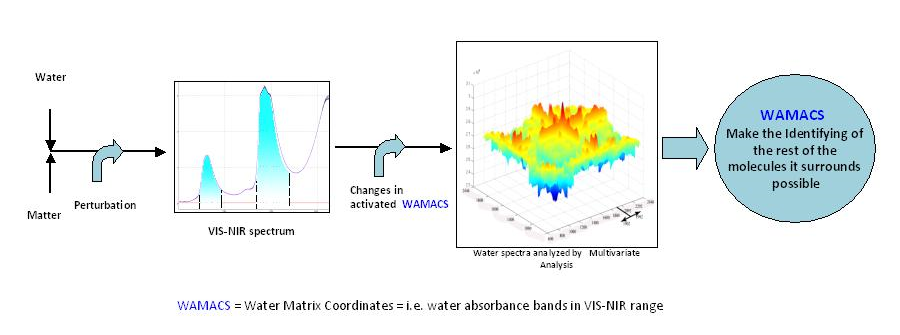
Multivariate spectral analysis reveals that changes with the water matrix under perturbation reflect, like a mirror, the rest of the molecules surrounded by water. As a result, characteristic water absorbance patterns are used to measure very small concentrations of solutes and for disease diagnosis.
What does Aquaphotomics mean?
aqua: water
photo- : light, radiant energy
- mics: all about something (Greek)
In the last decades life science has taken systematic approach to revealing the molecular picture of living organisms’ functioning. It is clearly understood that only by combining the previously segmented knowledge and bringing it to a systematic and interconnected database level we can come closer to revealing the intrinsic inter-dependable pathways that represent life. Both genomics and proteomics have revolutionized life science. Nevertheless creating databases and further using them for metabolic processes research requires isolation of individual elements (genes, proteins) one at a time, making such analyses extremely time consuming and laborious. More over it requires destruction of the analyzed object and thus provides a single time-point picture of the processes. Considering the speed, plasticity and multifactor-dependence of metabolic processes it is clear that such static one-at-a-time approach needs to be replaced with more dynamic and real-time methods.
This idea has already been proposed by metabolomics (the science of all metabolites in a cell/organism at a given moment) and is further expanded by the newest omics – aquaphotomics (the science of water interaction with solvents visualized by Vis-NIR light absorbance pattern). Even though these two methods are taking completely different approaches, they try to solve the same problem – to provide systematic, at a glance view of the processes with time-dependent information of their interconnections as well as a speed and possibility to study the same object continually (that is, to study it non-destructively).
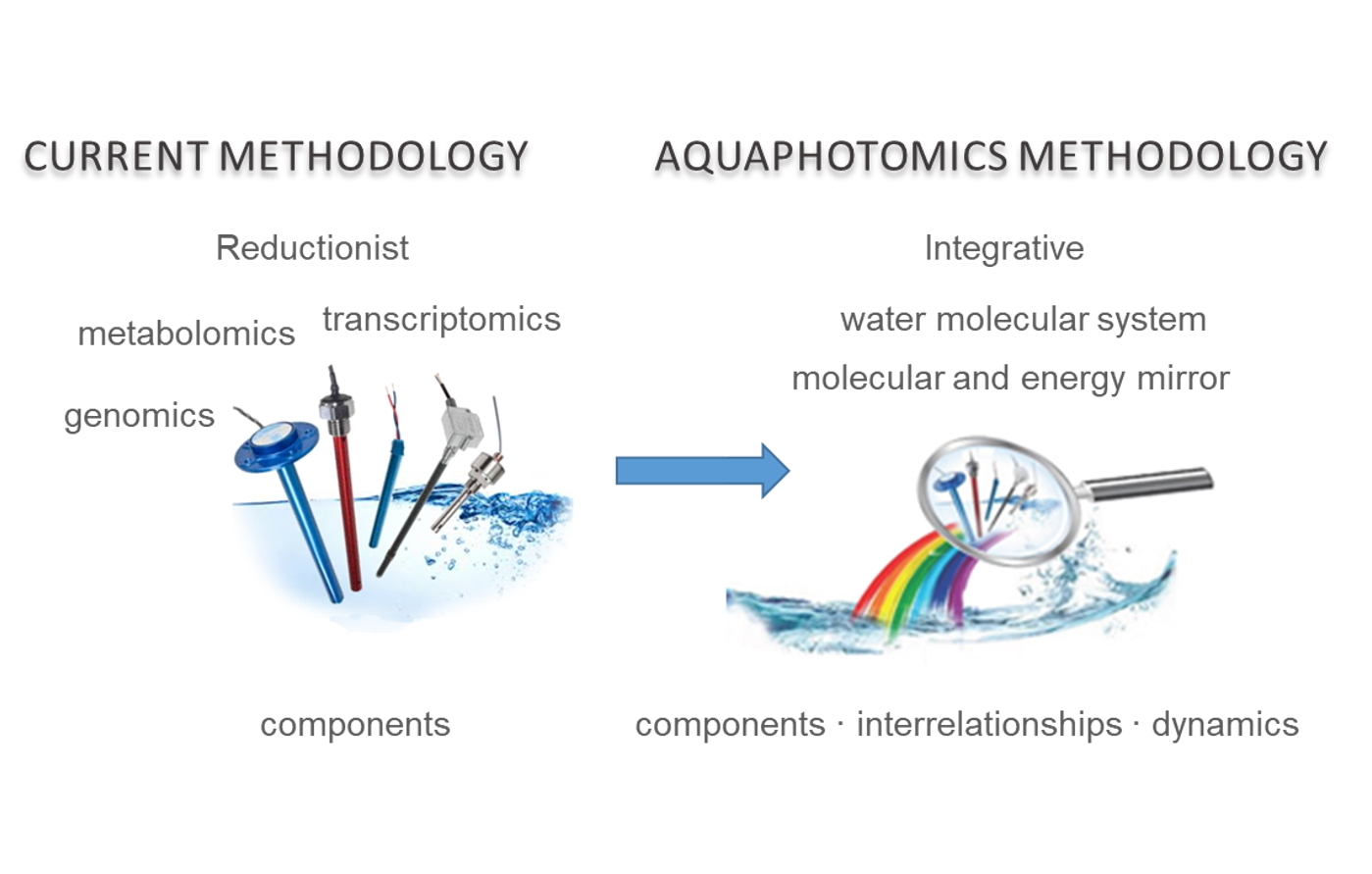
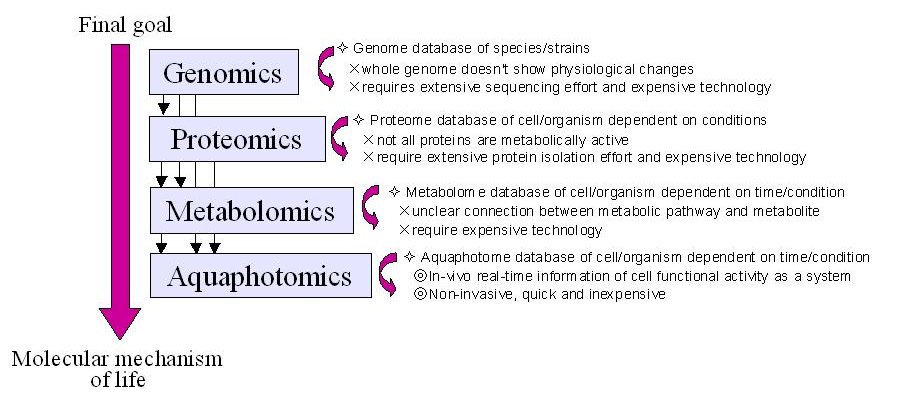
Water Matrix Coordinates (WAMACS): Water matrix is defined by the absorbencies of all water species of a sample in a 3D space. Multivariate analysis of such water matrix of a number of similar samples under various perturbations could provide extended knowledge (aquaphotome) about the respective biological sample. The term “WAter MAtrix CoordinateS” (WAMACS) is introduced to capture and present the information about the influence of different perturbations on the water absorbance in VIS-NIR range for various biological samples.
Water Absorbance Pattern (WAP): As water is very easily influenced by various factors, it has been proposed to use the spectral changes of studied aqueous and biological systems, under various perturbations, to learn more about the water matrix and the rest of molecules that are surrounded by water through the changes of water absorbance patterns, WAP, when following respective perturbation.
Aquaphotome: the entire complement of water molecules and light interactions in the presence of other bio molecules, i.e. comprehensive spectral assignment of all existing water absorbance bands. The water absorbance bands of respective systems (WAMACS) found under various perturbations will define the respective aquaphotome for each particular system.
Extended Water Mirror Approach (EWMA): It is assumed that the rest of the elements in a complex system are “reflected” on molecular level by the water. Its composition and structure, described by WAMACS give information for the rest of the elements in the system, as well as, for the water in the same manner as the reflection of a water mirror gives all the visible details of the surroundings.

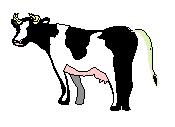
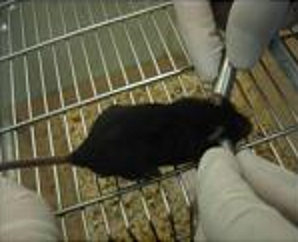
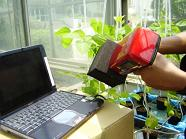
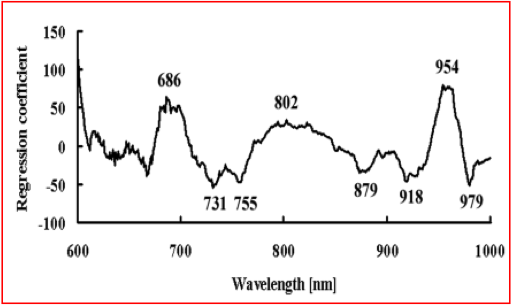
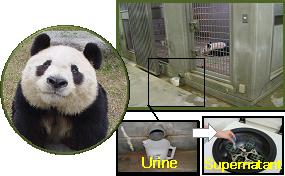
Detection of cow estrus by quantification of progesterone (hormone) using milk, urine and serum.
Detection of minute concentration of solutes represents a great analytical and particularly spectroscopic challenge. The specific signal from the solute drops sharply with decreasing concentration. Here Aquaphotomics offers a real break through, as it allows measuring very low concentrations of solutes by following the changes in the absorbance pattern of the solvent – water.
